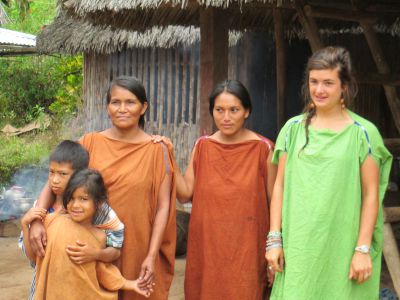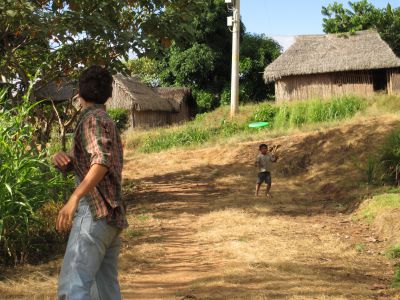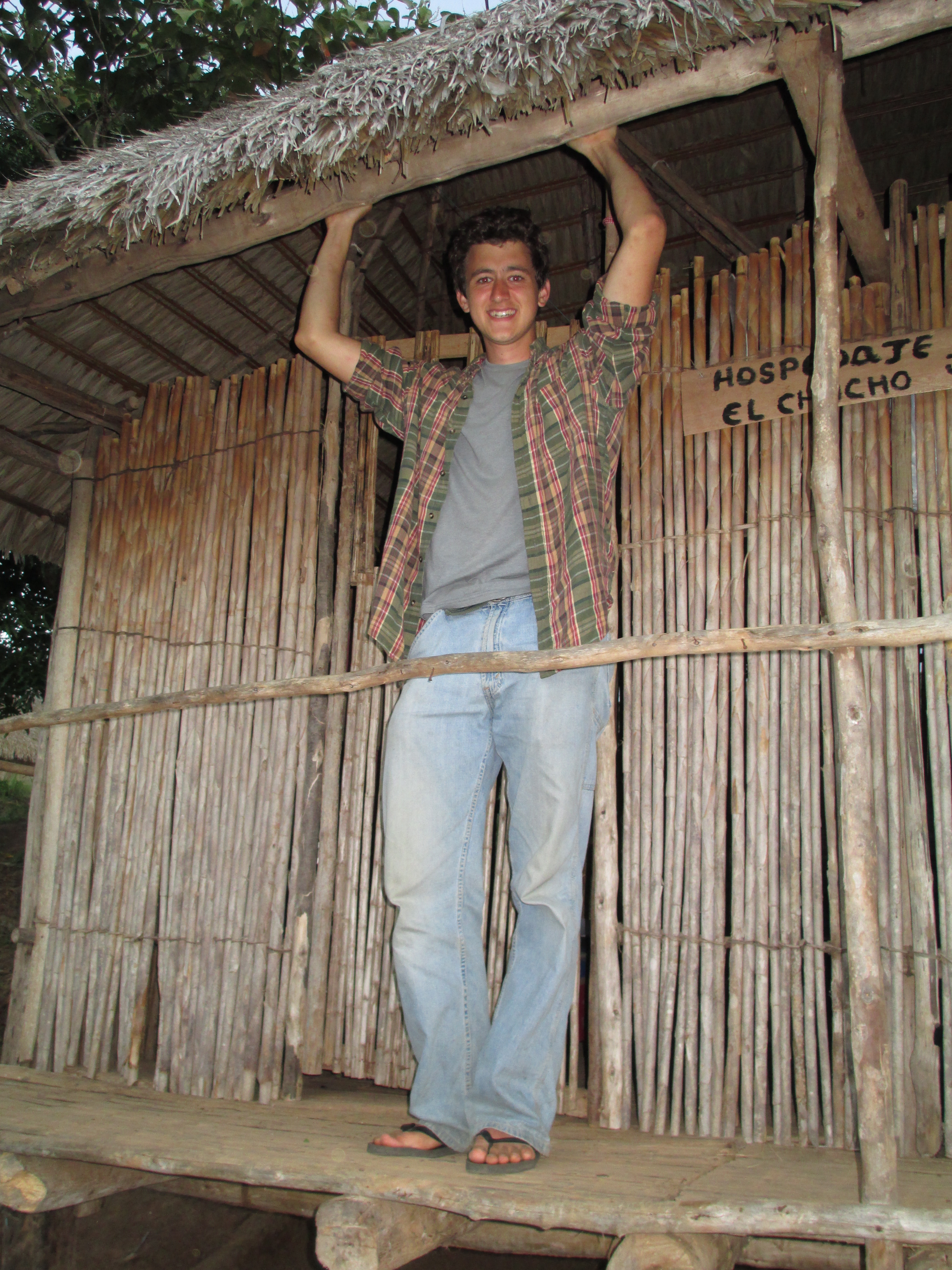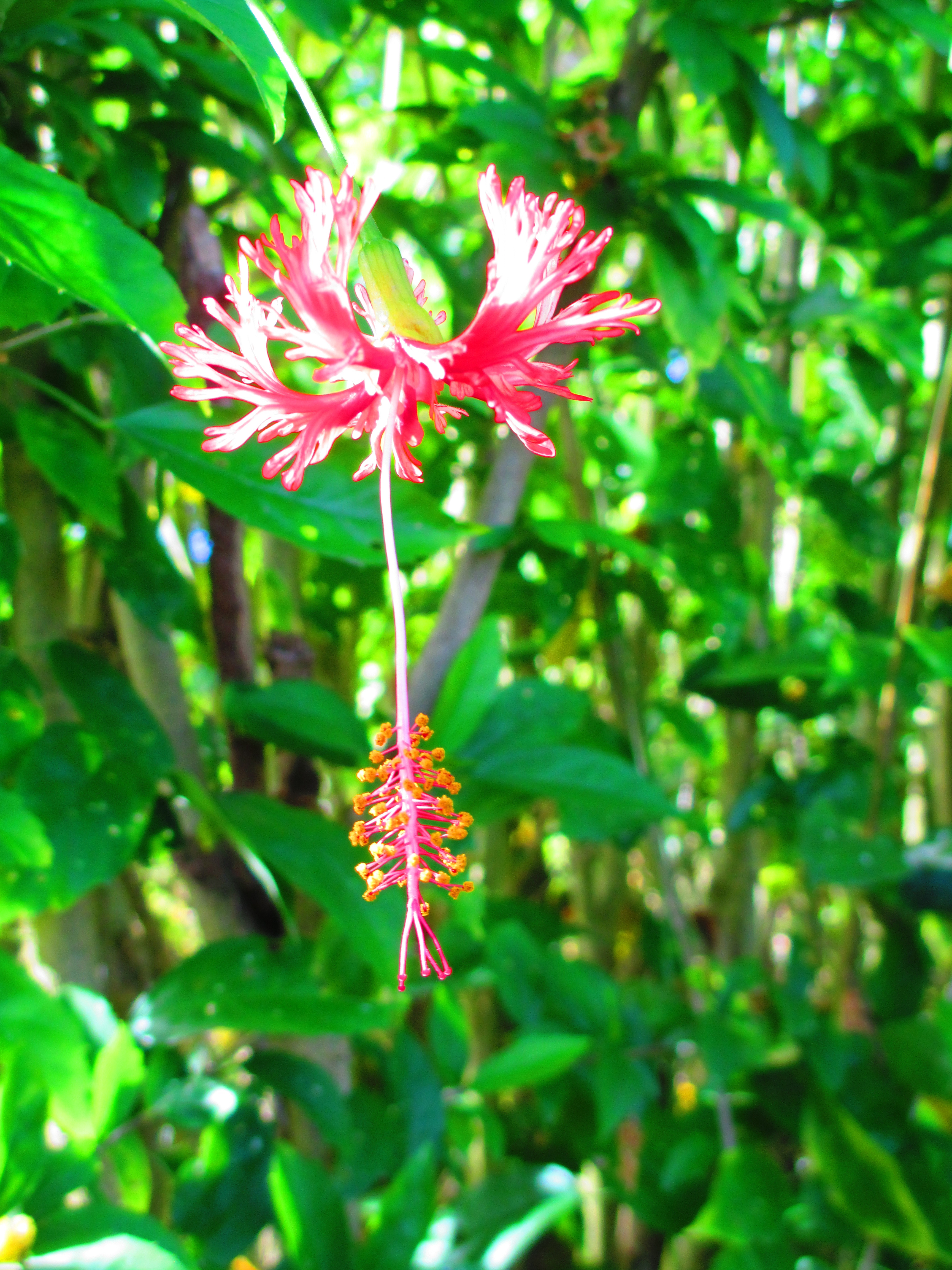Service in San Miguel

Living in a foreign culture — getting to know a new host family and figuring out how to accompany the people they work with each day — is a challenge for our students during these six weeks of service. They are stretched in new ways as they leave the comfort of the group experience that defined our study time in the Andes and in Lima and now venture out on their own. As directors of the Peru SST program we are encouraged by our recent visits with students, hearing how they exercise their faith and seek God’s comfort as they adjust to a different pace and style of life.
As one student wrote, “Since arriving here I have done more constant, gentle nudging, daily encouraging myself to let go just a little bit more… I hope to fine-tune this process, leaning into God more fully.” Another wrote: “I realize it is important to move along slowly instead of trying to re-center or re-structure your beliefs after every challenge you encounter.”

The first service location we visited was San Miguel, a small village inhabited by twenty or so native Ashaninka families. The community was founded some sixty years ago by an indigenous elder and his three wives who had been displaced from their ancestral homeland in the valley below. Almost everyone living here is related through family ties and there is strong desire among community leaders to maintain their customs and traditions. Houses are still built of carrizo (bamboo), for example, and yuca (manioc) is eaten every day.
Grant and Mara are volunteering with Ecomundo, a nongovernmental organization is dedicated to the preservation of Ashaninka culture through “responsible tourism”. The founders, Miguel Jaiki Samaniego and his cousin, Frank Dieter, hope that foreign visitors curious to learn about native customs will provide a source of income to their hosts and a reason to maintain their traditional dress, cuisine and building techniques.
English is the common language for North American and European travelers and Grant has been asked to teach his native tongue to children in the primary school each morning. Peruvian children routinely study English in secondary school and it is hoped that introducing younger children to basic words and phrases will give them a head start. In the evenings Grant teaches English, with help from Mara, to several young tour guides who work in the community.
Health care is a major concern in the village as people transition from traditional cures based on medicinal plants to modern medicine available at a clinic about an hour’s walk away. Mara has been asked to work with the village women to catalog the medicinal plants available here, noting their traditional uses and methods of preparation, in the hope of preserving this collective knowledge and maintaining access to inexpensive and readily-available herbal treatments. She has also been asked to set up a first-aid kit with items common to modern medicine – bandages, rubbing alcohol and over-the-counter medications – teaching women from the community to treat minor wounds and illnesses using techniques that are common to us.

































